
In the ever-evolving world of packaging, where innovation is the name of the game, primary packaging in the form of labels continues to stand the test of time. Despite the growing significance of secondary and tertiary packaging, primary packaging in the form of labels remains an essential and enduring component. In this blog, we will explore the reasons why primary packaging, such as labels, will continue to thrive in the era of secondary and tertiary packaging.

First Point of Contact
Primary packaging, often in the form of labels, is the first point of contact between the product and the consumer. It's the initial impression that sets the tone for the entire brand experience. Regardless of the complexity of secondary or tertiary packaging, the label remains the first visual and tactile connection a consumer has with the product.
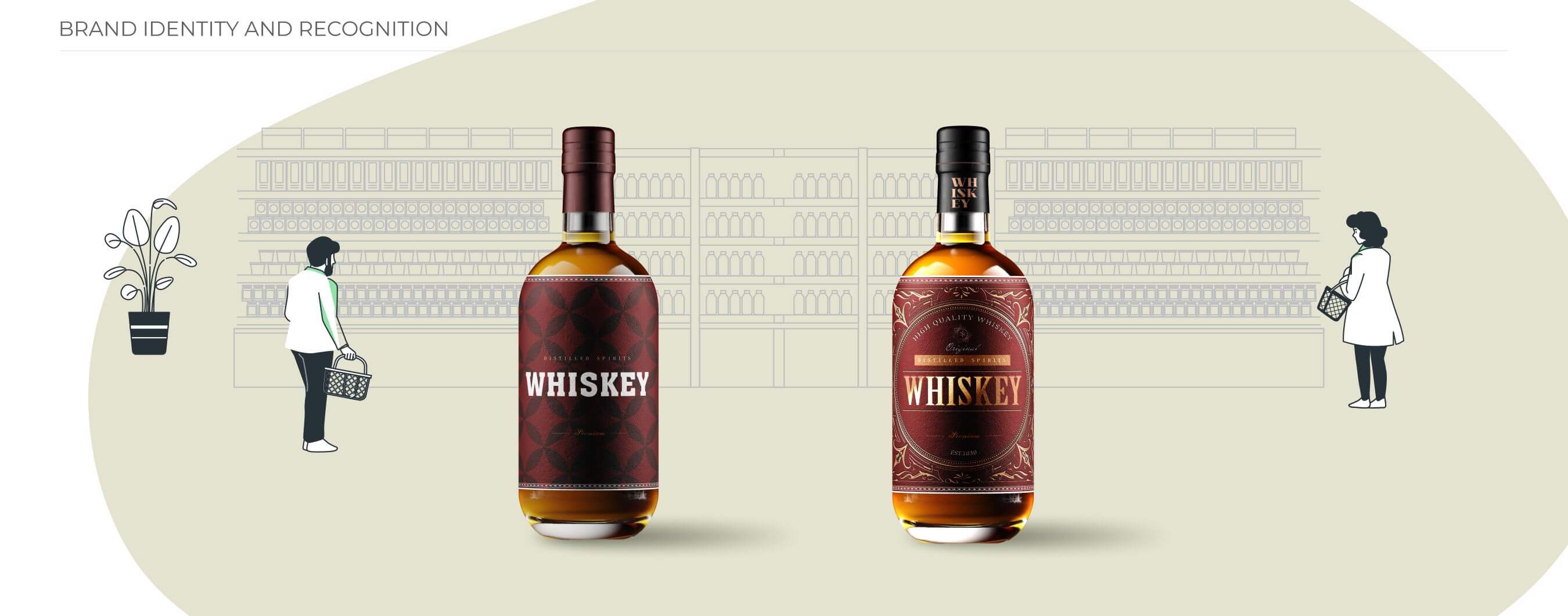
Brand Identity and Recognition
Labels are indispensable when it comes to brand identity and recognition. They serve as the face of the product, showcasing the brand's name, logo, and unique design. Primary packaging plays a crucial role in differentiating the product from competitors and creating a strong brand association in the consumer's mind.
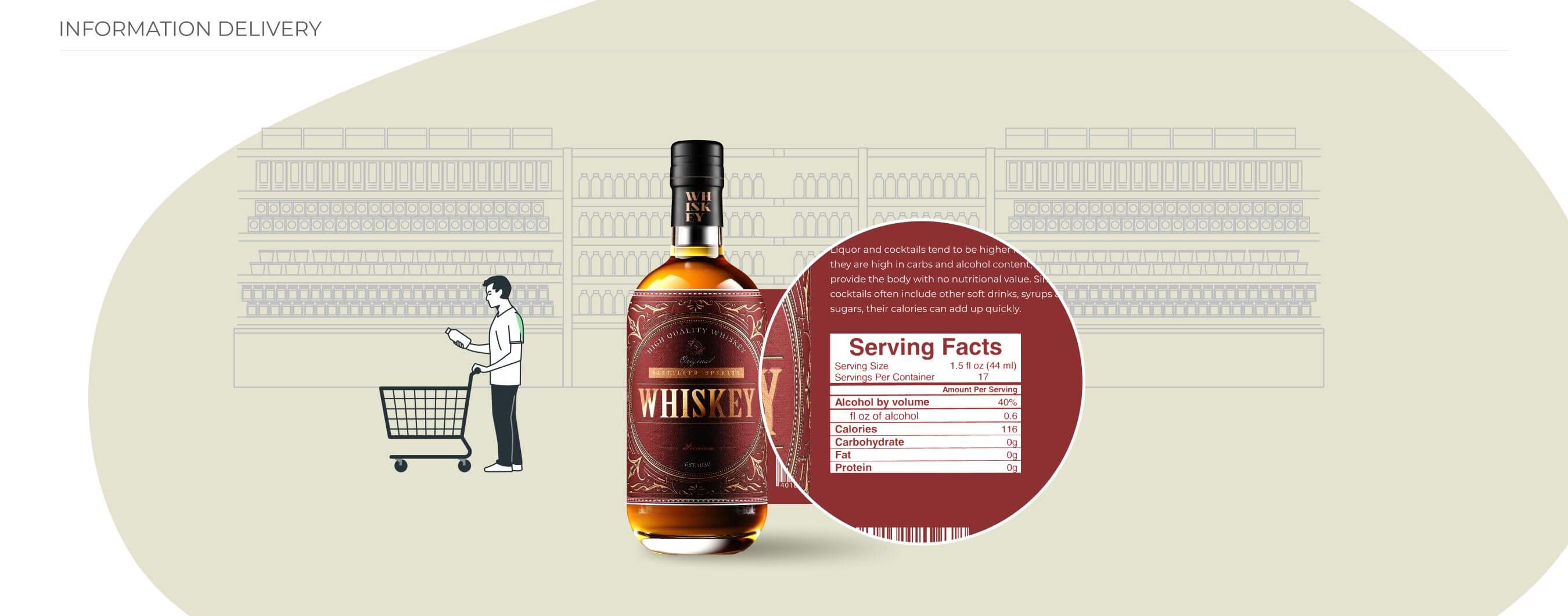 Information Delivery
Information Delivery
Labels are an efficient means of delivering essential information to consumers. Whether it's product details, usage instructions, nutritional facts, or safety warnings, labels on primary packaging convey critical information. Consumers rely on labels for making informed decisions, which is a role that secondary or tertiary packaging can't fully replace. Consumer Engagement
Consumer Engagement
The labels on primary packaging are often the canvas for storytelling. They can engage consumers emotionally, telling the brand's story, highlighting its values, or conveying a specific message. Secondary or tertiary packaging may complement this message, but it's the label on the primary packaging that carries the primary storytelling load. Practicality and Convenience
Practicality and Convenience
Primary packaging, in the form of labels, offers practicality and convenience. It ensures that the product is ready for use and easily accessible. Tertiary packaging, which often includes bulk packaging, may be suitable for transportation and storage, but it's the primary packaging that allows for individual use and convenient access for consumers.

Sensory Appeal
Labels on primary packaging have the advantage of engaging multiple senses. They provide a tactile experience, allow consumers to see the product, and can even influence scent and sound (in the case of packaging for food or personal care products). This sensory appeal is a significant factor in the consumer's decision-making process.
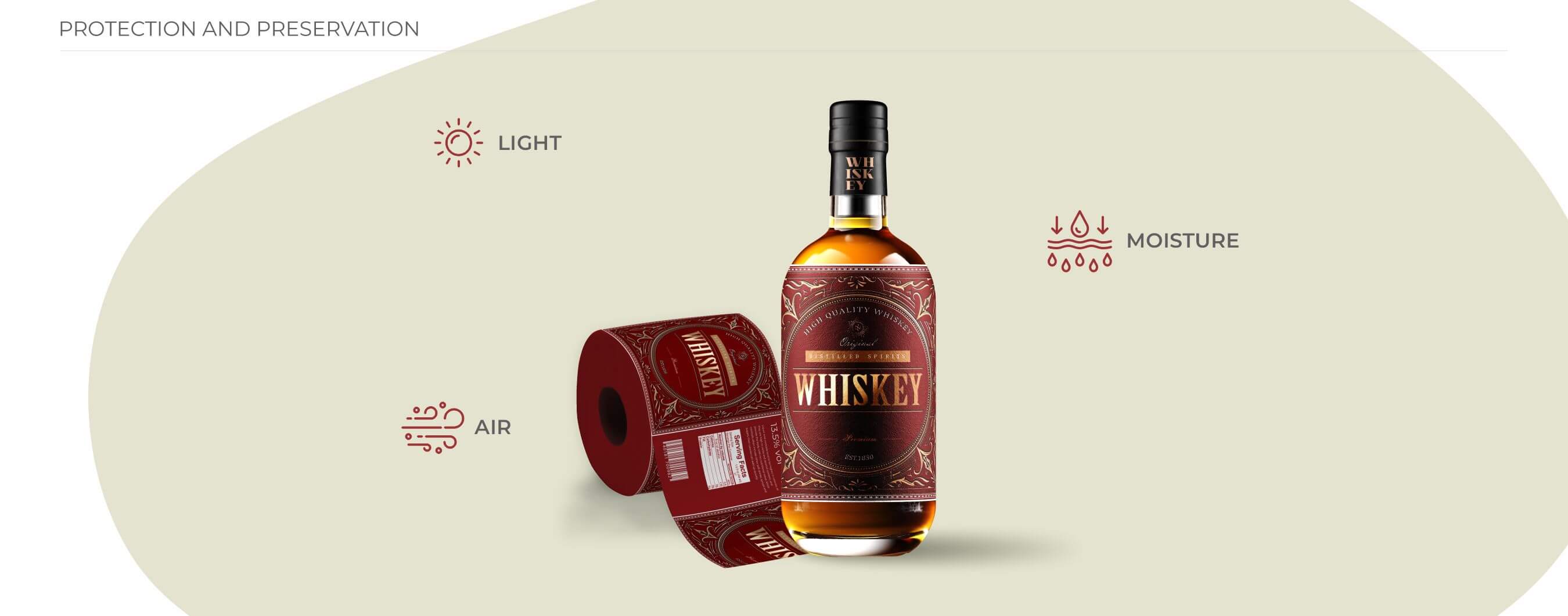 Protection and Preservation
Protection and Preservation
Primary packaging, especially in the case of food and pharmaceuticals, serves as a protective barrier that safeguards the product from external factors like moisture, air, and light. Secondary and tertiary packaging may add an extra layer of protection during transportation, but primary packaging is often critical for maintaining product integrity.
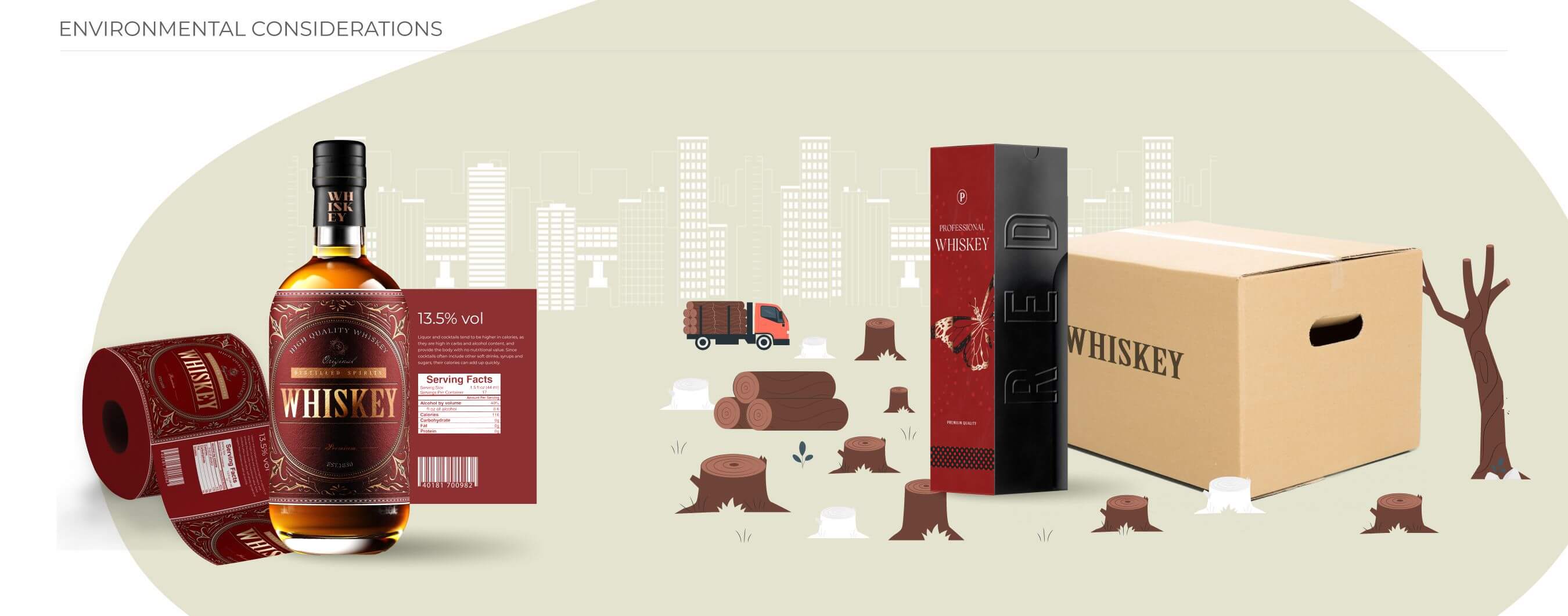 Environmental Considerations
Environmental Considerations
In an age where environmental consciousness is a driving force, primary packaging in the form of labels can be more eco-friendly. Labels can be designed to minimize material usage, reduce waste, and are often recyclable. This focus on sustainability aligns with current consumer preferences for eco-conscious products.
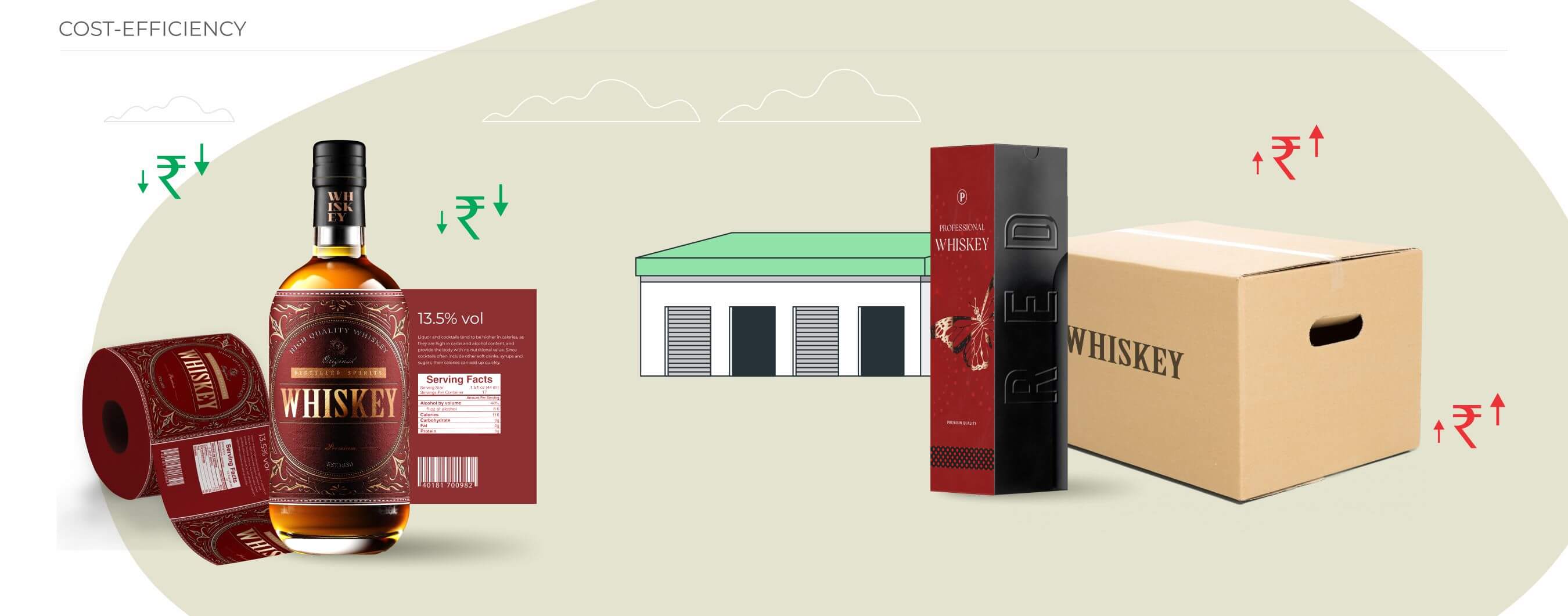
Cost-Efficiency
Primary packaging, including labels, is often more cost-efficient compared to secondary and tertiary packaging. Reducing excess layers of packaging can lead to significant cost savings for both manufacturers and consumers.
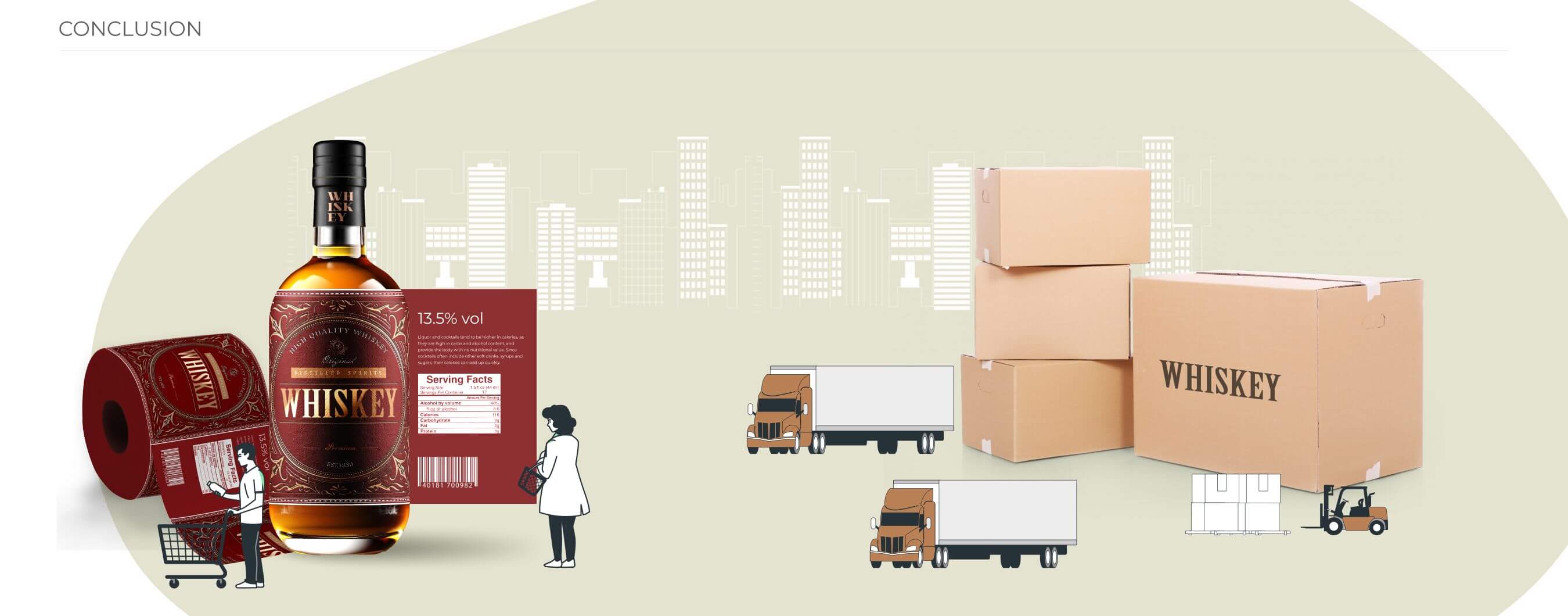 Conclusion
Conclusion
While secondary and tertiary packaging plays essential roles in product protection, transportation, and branding, primary packaging in the form of labels remains indispensable for the success of a product. The label is the bridge between the brand and the consumer, providing essential information, evoking emotions, and making a powerful first impression. As long as brands continue to recognize the value of primary packaging, labels will not only survive but will continue to thrive in this era of packaging evolution. In fact, primary packaging, with its direct impact on consumers and its role in environmental sustainability, is more relevant than ever. It serves as the foundation upon which the entire packaging experience is built, and its enduring appeal is unlikely to wane.